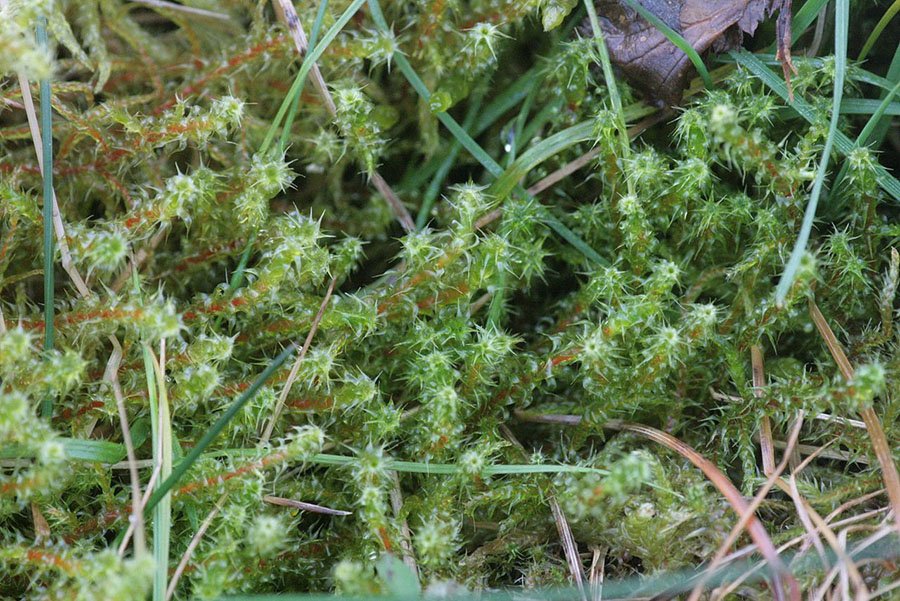Obsessed with moss? You should read this first

MOSSES MIGHT SEEM the most benign of life forms, but they are derided as ‘aggressive invaders’ when they spread from one continent to another and smother land. Herbicides and fires have been deployed against heath star-moss (Campylopus introflexus), a southern hemisphere moss invading dunes in Holland, depriving a ground-dwelling bird, the tawny pipit, of habitat.
Australia has a vigorous European import, neat feather-moss (Pseudoscleropodium purum), taking over parks, back yards, road verges and the edges of forest tracks in south-eastern Australia up to Sydney. On the outskirts of Melbourne, herbicides have been applied in one reserve to stop it displacing buttercups, pennyworts and native mosses. One patch doubled in size in two years. On Mt Wellington behind Hobart this moss is taking over along the forest trails. Worried by evidence of rapid spread, botanists at the National Herbarium of Victoria have warned, ‘This moss could become a serious environmental weed in Australia’. Its smothering stems can grow 20 cm tall. In North America it is a reviled weed of lawns.
A second European moss, springy turf-moss (Rhytidiadelphus squarrosus), turned up in Tasmania in 1974 and has since spread across the wetter half of the island. Described as aggressive, it now dominates some golf courses and was found along a forest trail and at a campsite used by bushwalkers. Mosses are small enough that living pieces can travel on tent pegs and boots, and one concern is that bushwalkers will spread turf-moss deep into the wilderness.

Springy turf-moss. (Image Credit: HermannSchachner/Wikimedia)
Neat feather-moss was used as a packing material for nursery plants, giving it opportunities to travel south. Australian mosses have gone the other way on exported treeferns. Searches in Irish gardens have revealed Australian mosses and filmy ferns sprouting from treefern trunks, although they have not spread. One moss, Calomnion complanatum, is so rare in Australia (in NSW it is endangered) that European botanists have suggested that ‘perhaps the Irish populations should be treasured and conserved rather in the same way as a rare zoo animal such as a rhinoceros!’
The spread around the world of myriad animals, plants and diseases is one manifestation of globalisation, and even mosses have managed to be part of that. More of them can be expected to spread in future.




